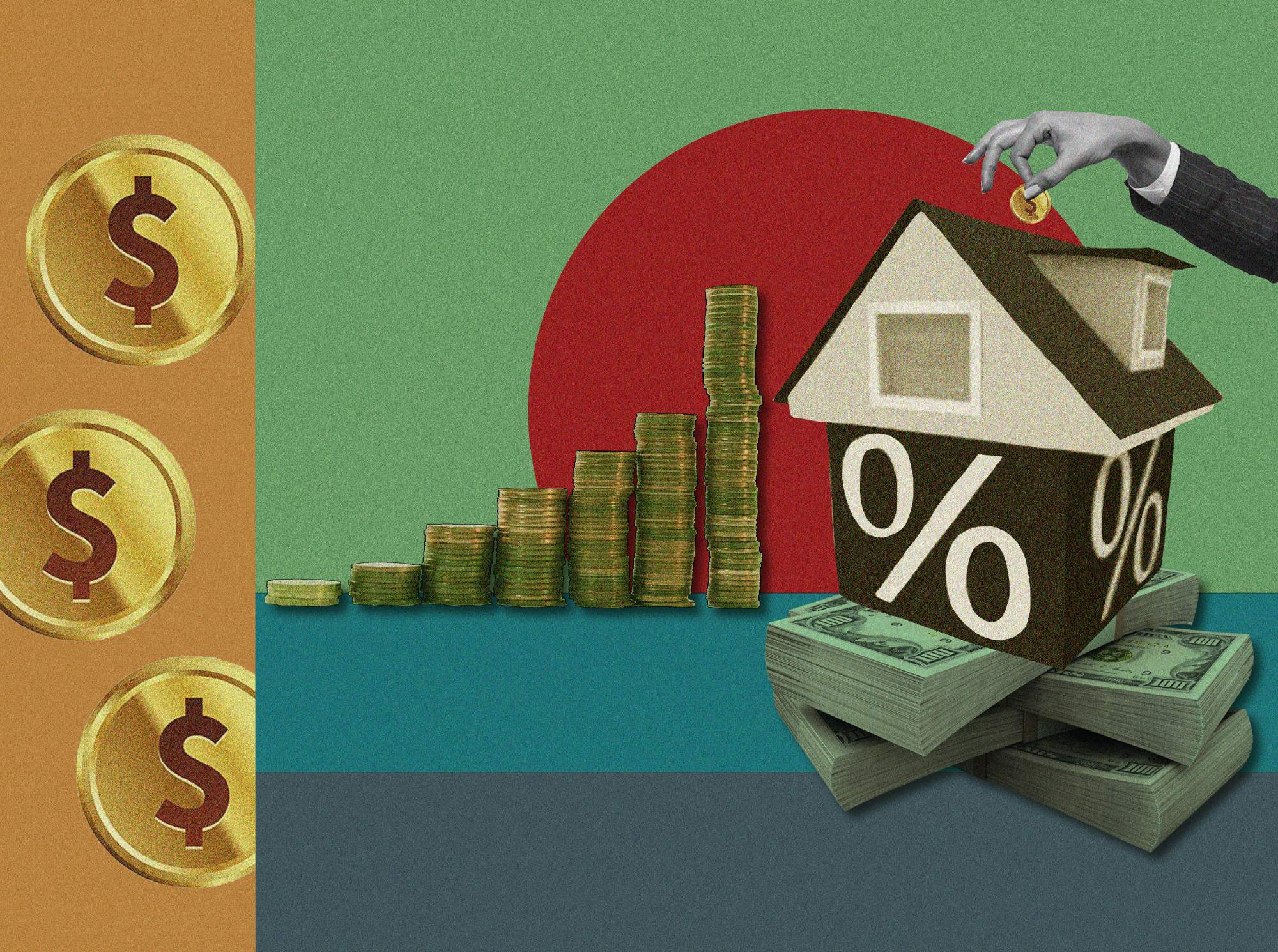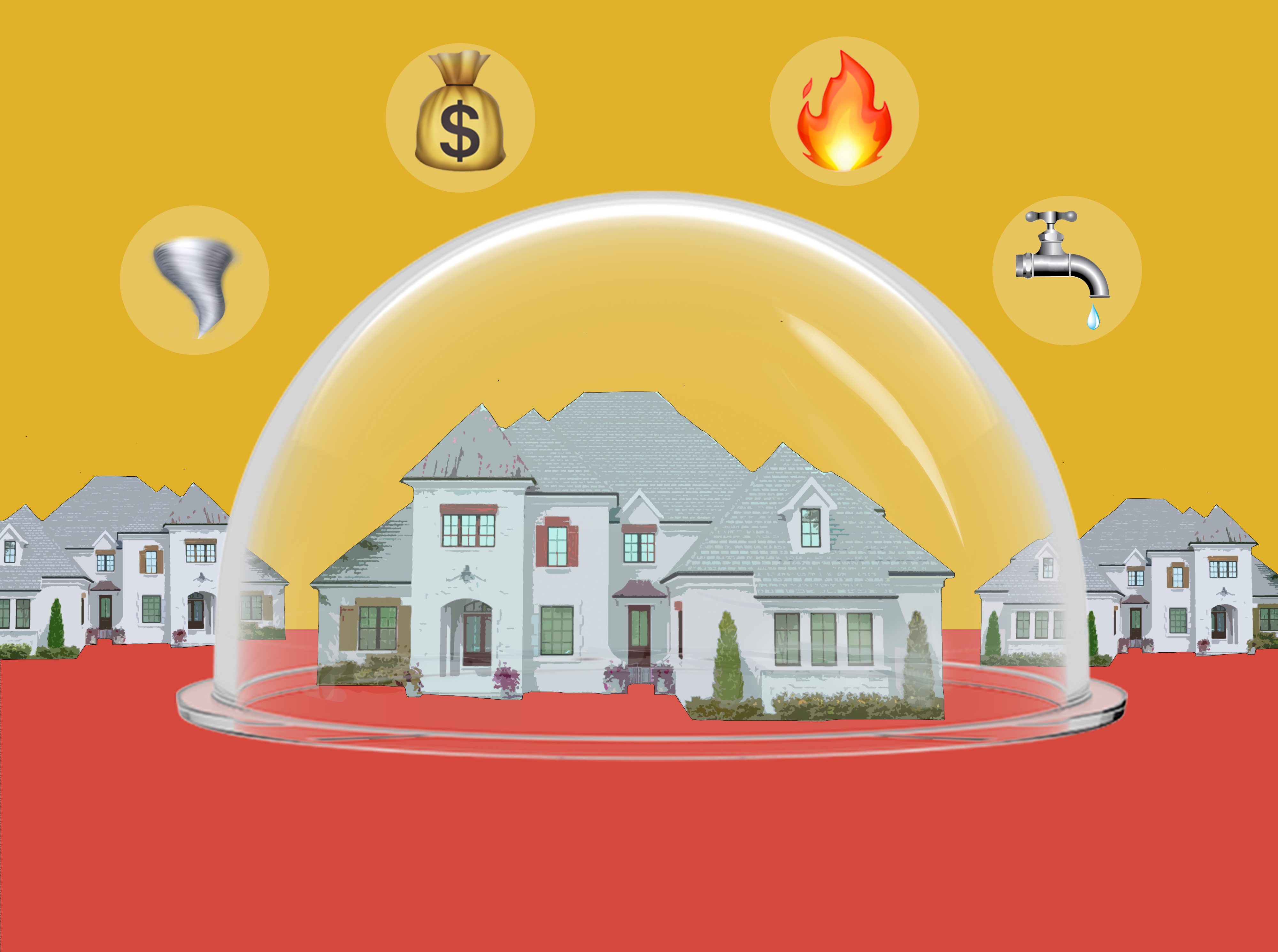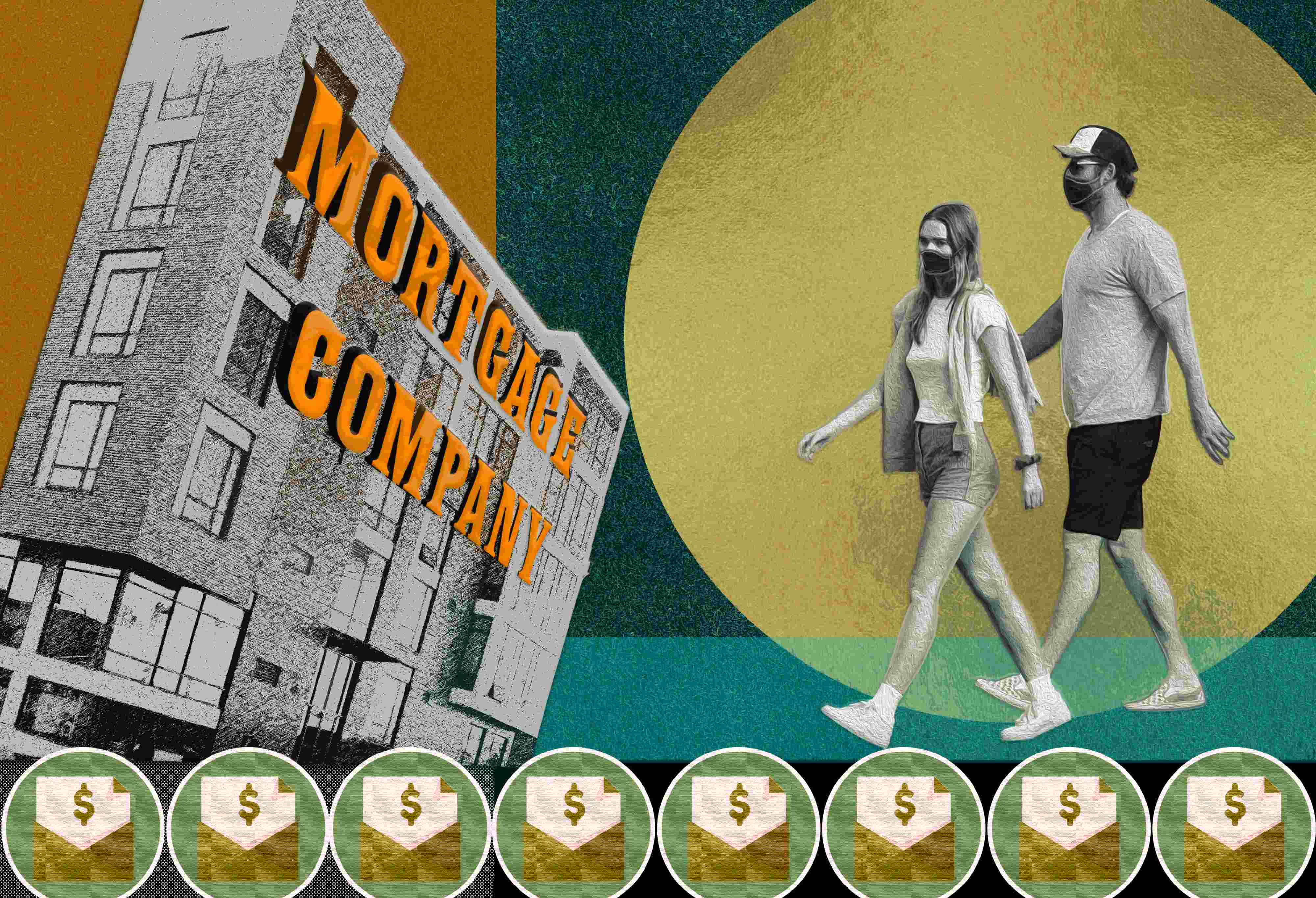The housing market is more than alive in the United States. According to the National Association of Realtors, almost 6.5 million houses were sold in 2020, and 7.2 million will change owners in 2021. Most of them will use mortgage insurances.
With a median home price of $335K in 2021, just a few people can pay their new residence in cash. They need to apply for mortgages that can last up to 30 years. Unless they can afford a 20 percent down payment, which would be around $60K based on median prices, buyers will need mortgage insurance.
What is mortgage insurance? Typically, insurances are included in monthly payments. Still, to get the best deals and even avoid extra costs, it is recommendable to learn everything you can before the closing day.
Keep reading as we will talk about mortgage insurances and their different options. Are you ready to buy your new dream house? Check what to do when you are asked to sign mortgage protection insurance.
What is Mortgage Insurance
Mortgage insurance is a financial product that works in two ways. On one side, it protects lenders and titleholders from potential borrower defaults, such as those that happened during the sub-prime crisis in 2008, when the mortgage delinquency rate jumped to 21 percent.
On the other hand, it allows borrowers to get loans and mortgages as lenders are protected to take more risks and advance higher amounts of money per case. In that framework, you can qualify for a loan that, otherwise, you would not be able to get.
Usually, people who can not afford down payments of at least 20 percent of the house’s purchase price should face mortgage insurance requirements. It mainly applies to conventional mortgages such as the ones that are not federally guaranteed or insured.
How does mortgage insurance work?
Mortgage insurances protect the lender, not the buyer. If the buyer defaults or, at any point, he or she can not meet his or her obligations, the insurance company will pay the lender a previously agreed amount of money.
It doesn’t affect the buyer, as he will still have to face payments or lose his home in foreclosure.
Costs of the mortgage premium vary depending on the price of the house, loan-to-value ratio, size of the down payment, and the buyer’s credit score.
New homeowners can request the cancelation of the insurance policy once they have paid 20 percent of the principal balance or if the LTV ratio falls to 78 percent.
Types of mortgage insurances

So, long story in short, if you are paying less than 20 percent of the home price as a down payment, you will be asked to get mortgage insurance. Depending on your credit profile, mortgage needs, and loan size, you will be offered different insurance types. Let’s take a look.
Private Mortgage Insurance (PMI)
A PMI, or private mortgage insurance, is a type of policy provided by private insurance companies. Conventional lenders usually require this type of insurance when the buyer pays less than 20 percent of the down payment.
Costs and premiums may vary per lender. According to Freddie Mac, most buyers will pay between $30 and $70 in monthly premiums for every $100K borrowed. On an annual basis, PMI costs go from 0.25 percent to 2 percent of your loan balance. Of course, it all depends on your loan conditions.
Different Private Mortgage Insurances:
- Borrower-paid mortgage insurance, or BPMI: Buyer pays monthly premiums as total insurance costs are prorated during the loan’s life.
- Single-Premium Mortgage Insurance, or SPMI: The borrower pays mortgage insurance upfront.
- Lender-Paid Mortgage Insurance, LPMI: The lender will pay mortgage insurance premiums. Typically, it is included in a higher interest rate for the loan. You can’t cancel it once you reach 78 percent.
- Split-Premium Mortgage Insurance: It is a hybrid with special credit conditions such as high debt to income ratio. You split the premiums into two parts, one upfront payment and the other prorated in monthly costs.
Mortgage Insurance Premium
MIP, or Mortgage insurance premium, is a type of policy paid by home buyers who get loans backed by the Federal Housing Administration (FHA).
When signing for an FHA loan, they ask borrowers to get a MIP no matter the size of their down payment. Though, it would be higher if you pay less than 5 percent.
FHA mortgage insurance includes an upfront payment of 1.75 percent of the loan and monthly payments ranging from 0.45 percent to 1.05 percent of the outstanding balance for the given year. If you pay 10 percent of the house value as a down payment, your MIP will last the first 11 years.
Mortgage Title Insurance
There are few cases where a sale can be invalidated for problems with the title. In that case, mortgage title insurance protects lenders and buyers against potential losses. It is an excellent practice to always double-check with lawyers, representatives, or mortgage experts before buying a new home. Performing a title search is an essential starting point.
Typical title problems are conflicting wills, problems with names, liens, and back taxes. Title insurances cover some administrative costs for a one-time fee.
US Department of Agriculture (USDA) loan guarantee
Like an FHA loan, USDA mortgages is a program from the United States Department of Agriculture that offers financial assistance for buyers who can not make any down payment. In other words, a USDA loan is like an FHA but cheaper and with zero down payment.
USDA loans focus on rural home buyers. They require guarantee fees, an initial one-time guarantee fee at the beginning of the mortgage, and then annual payments for the life of the loan.
In the last few years, the upfront payment was 1 percent; Annual fees are around 0.35 percent of the average outstanding loan balance.
Finally, the USDA offers direct loans, but it can also guarantee mortgages issued by local lenders.
Mortgage Protection Life Insurance
Banks and other financial institutions often offer mortgage protection life insurance to pay a loan after the buyer passes away. It is not like life insurance as they won’t give your relative money after your death, but they will only cover the mortgage costs if it is still on. If there is no mortgage, they will pay nothing.
Some experts call this practice a kind of scam that targets people in poor health.
How to cancel loan insurances
After talking about what is mortgage insurance, it is worth saying that once the buyer has paid off a part of the loan, he or she may be eligible to cancel his or her mortgage insurance premium. In that case, you will be able to deduct that amount of money in your monthly installments.
The Federal Homeowners Protection Act (HPA) allows buyers to request PMI cancellations after the date the mortgage falls below 80 percent of the home’s initial price. Homeowners can also make additional payments to reduce the principal ahead of time. Then, they should request the termination of their insurance policy.
Also, lenders must end PMI automatically once your principal balance reaches 78 percent. Buyers should be in good standing and payments must be current. Finally, lenders should also terminate mortgage insurance after the loan passes its midpoint, which is half of the entire term of the loan. In a 30-year loan, the midpoint is after the mortgage reaches 15 years.
The benefits of an extra cost with loan insurance

Mortgage insurances are extra costs that borrowers should face when they can not afford down payments of at least 20 percent of the total loan. It certainly costs customers money. However, it also allows first-time buyers and other people with limited credit history to purchase their dream home sooner.
That being said, the best option to save money is to make a down payment of over 20 percent. Also, if you can wait some time and save more money to complete your 20 percent cut, it would be better. In the end, it all goes with your priorities and life timeline.
An excellent option to lower your monthly bill is to choose a government-insured loan rather than a conventional mortgage. VA and USDA do not require high insurances, just fees. FHA, on the other side, requires mortgage insurance.
Finally, do your homework. Compare loan options with different banks and make financial planning for around a year before buying a new home. In that line, you will be able to set your budget, improve your credit score and save money based on your needs.
Also, keep in mind that PMI, interest, and some mortgage costs are deductible in your tax return.


